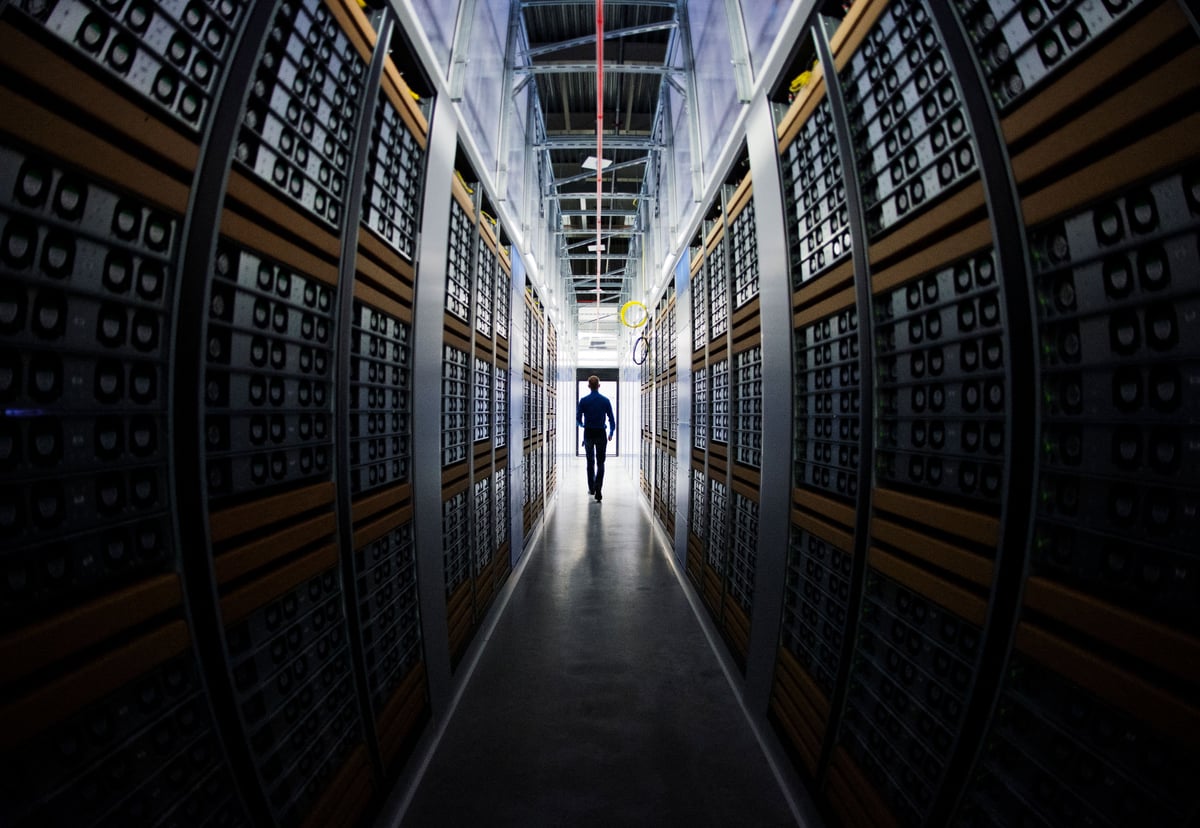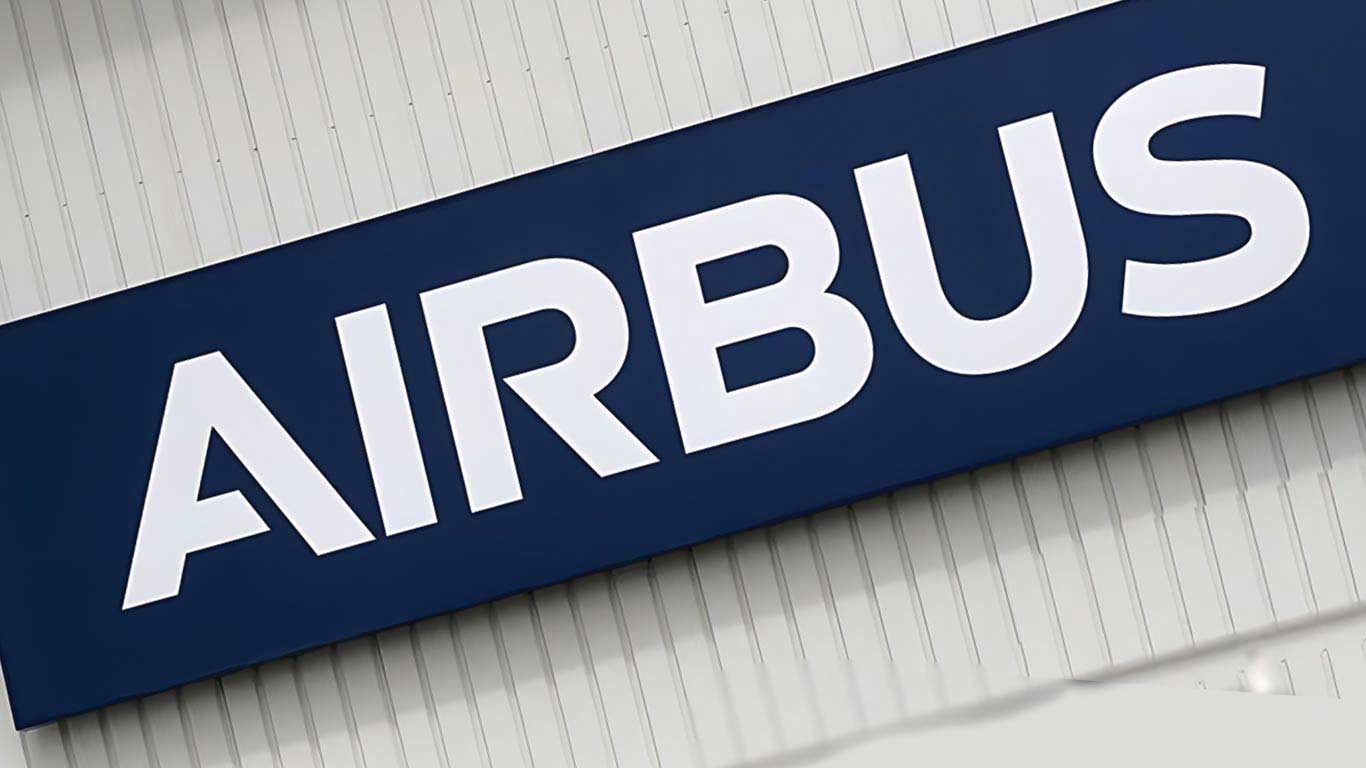By Rachael Revesz
Copyright scotsman

How green can an AI data centre be? Very, according to the company that has applied for planning permission to build several of these centres across the Central Belt. The first is next to Heriot-Watt University at Wester Hermiston. Apatua’s website reads: “The project would deliver a major investment in a hyperscale green data AI centre, helping to power Scotland’s digital economy, while supporting local ambitions for a fairer, greener, more prosperous future.” I went to the first public meeting in late August to ask some questions. First, I wanted to know about the promise of thousands of jobs. The project manager told me that most jobs would be in construction and once operational, there will be 245 permanent on-site roles. In follow-up emails, Apatura claimed the on-site number would in fact be 343 staff. Just for reference, a big Tesco employs around 450 people. READ MORE: The catastrophic threat posed by AI that Big Tech doesn’t want to talk about I also wanted to know whether the AI centre would consume any water from the canal running alongside the site. The project manager was adamant: “Absolutely not.” Yet this claim was disputed by her colleague in the same room, who later told me “positive conversations” had been had with the canal authority. In emails after the event, Apatura and Scottish Canals told me it was unlikely the canal would be used and that it was too early to comment, but they would continue to engage with each other. This was not the shut door I had hoped for. The project manager reassured me that the centre would use a closed-loop cooling system, meaning a fixed amount of water will be re-circulated to cool the servers, and the water itself would be cooled by condensing units. READ MORE: Google AI Mode and the death of news as we know it, as algorithms take over But how much water will be needed, given that around 2 per cent would evaporate every month? Scottish Water told me it was investigating whether treated sewage water could be used to cool down the servers, but did not confirm how much would be required or where it would be sourced. I went back to Apatura for a third time to ask about the amount of water. I was then told the site would require 725,000 gallons for its “first fill”. This is well over the amount of water required for an Olympic-sized swimming pool. However, the developer claimed this was 7,000 times less than traditional data centre systems. Back to the public meeting. I sidled over to the site map. A man who lived nearby was concerned about the constant light and noise from the site, even after construction. An Apatura rep said the three 75ft data halls would be hidden by a 100ft high mound of earth. A veritable cliff of dirt. Once the neighbour had taken a breath, I asked the rep, what exactly made the project ‘green’? He explained that the data centre would be connected to the National Grid, which mostly provides renewable energy. “But by that logic, my flat is green, too,” I said. “I see your point,” he said. Apatura’s website and press office argues, in a roundabout way, that the centre will have a positive impact by using renewable energy that otherwise would have gone to waste. When the grid cannot cope with the amount of electricity being generated, some producers are paid to stop, with the consumer footing the bill. This seems like spin: Apatura is a consumer of energy. In fact, the Wester Hermiston centre alone would consume more than 2 per cent of Scottish Power’s entire electricity generation in central and southern Scotland. Presumably, by that logic, if Apatura were to build five centres across the Central Belt, that would be 10 per cent of our existing network snapped up. Apatura mentions the potential to capture the data centre’s waste heat and transfer it for use within the local community. Unfortunately, there is no such district heat network in the area – any such development could be years, if not decades, in the future. Apatura also said it would work with local colleges and universities to get more people into STEM subjects – science, technology, engineering and maths, although its nearest neighbour, Heriot-Watt, told me no conversations had taken place yet. By this point, I was sweating in the meeting room. Was it the 15 or so people in attendance, or the screens displaying info about the project? The project manager said she’d asked for the air conditioning to be put on several times. The irony of this conversation was not lost on me. Of course, there’s another reason why companies like Apatura want to build these centres in Scotland. We have more land, we have a more temperate climate (for now), and we have more water. We could argue for days about our increasingly digital world, data security and the need for such infrastructure. But let’s not greenlight a project without scrutinising it. Even with proposed features such as ‘attenuation basins’ to collect rainwater, a closed-loop water system and a roof covered in plants, the AI centre is not ‘green’, or even low carbon – at least not by my estimation. Furthermore, the proposed ‘hyperscale centre’ means the building will likely be bought by one company – say, a tech firm – that then leases out extra space to clients like the NHS and the government. It seems the developer, construction company and end client will make a profit, but at whose expense? Recent headlines claim that the increasingly likely collapse of an Atlantic current will see UK winter temperatures fall by around 20 degrees. I guess at least data centres will be kept cool that way. Apatura’s second public meeting is on October 2, at the National Robotarium, Heriot-Watt University, from 3pm to 8pm. Do go along and ask your own questions. It’s a subject we can’t afford to ignore. Rachael Revesz is an editor and freelance journalist



